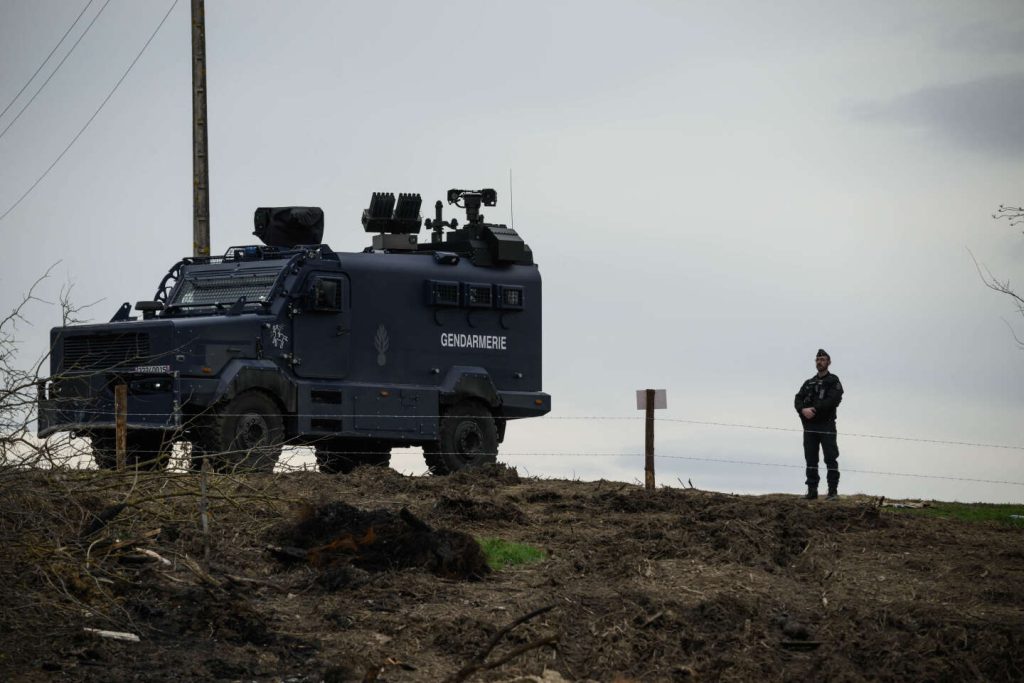The French gendarmerie has recently introduced a new armored vehicle called the Centaure, designed to replace the VBRG (Véhicule Blindé à Roues de la Gendarmerie) that has been in service since 1972. The Centaure, with its advanced technological features and capabilities, has been described as a state-of-the-art piece of equipment. However, its actual usefulness is still up for debate. The gendarmerie had lobbied for the acquisition of 90 units of the Centaure, at a cost of 70 million euros, arguing that it would be a versatile tool for handling various situations, including public disturbances, industrial incidents, natural disasters, and more.
The deployment of the Centaure has raised several concerns, including the rapid specification of needs due to the urgency of the project, as part of a government stimulus plan. The lack of detailed maintenance specifications in the initial contract has led to additional costs that were not initially accounted for. The Court of Auditors has also questioned the timing of the definition of the vehicle’s usage, which came after the production and deployment of the first units, causing potential issues with how the Centaure is being utilized in practice.
The Court of Auditors has raised further questions about the decision to acquire 90 new vehicles to replace the existing VBRG fleet, as this goes against the usual trend of reducing the number of larger military systems when upgrading to more versatile equipment. There are concerns about whether the Centaure’s capabilities align with the actual needs of the gendarmerie and whether the investment in this new vehicle was the most cost-effective solution. The integration of maintenance requirements into the specifications, at an unknown additional cost, highlights the challenges faced in the implementation of the Centaure project.
Despite the initial excitement surrounding the introduction of the Centaure, concerns have been raised about the mismatch between the technical capabilities of the vehicle and its intended usage by the gendarmerie. The rushed nature of the project, driven by the need for quick disbursement of funds as part of a government stimulus plan, has led to oversights and additional costs that were not accounted for. The gendarmerie’s ambitions for the Centaure as a versatile tool for a range of missions may not align with the practical realities of its deployment and maintenance.
Overall, the introduction of the Centaure as a replacement for the VBRG in the French gendarmerie has faced challenges and scrutiny from the Court of Auditors. The concerns raised about the project’s implementation, specifications, and maintenance requirements highlight the complexities involved in introducing new equipment for law enforcement and security purposes. The true effectiveness and value of the Centaure remain to be demonstrated, raising questions about the decision-making processes and future implications of such investments in the gendarmerie’s capabilities.


